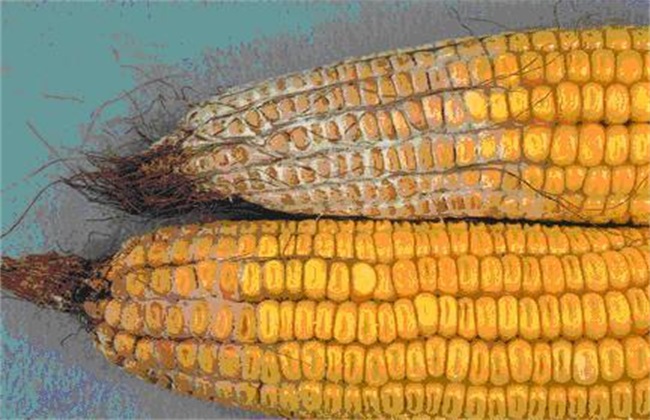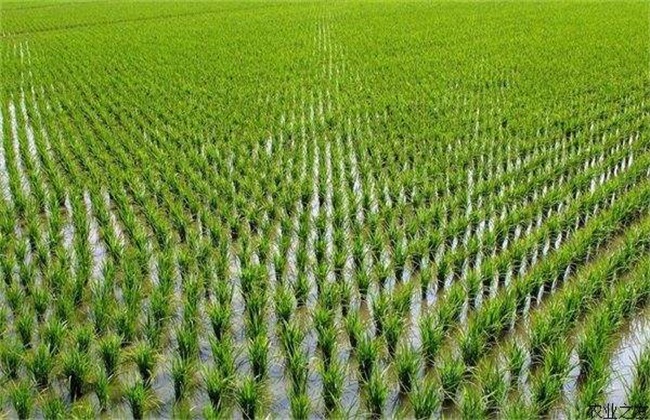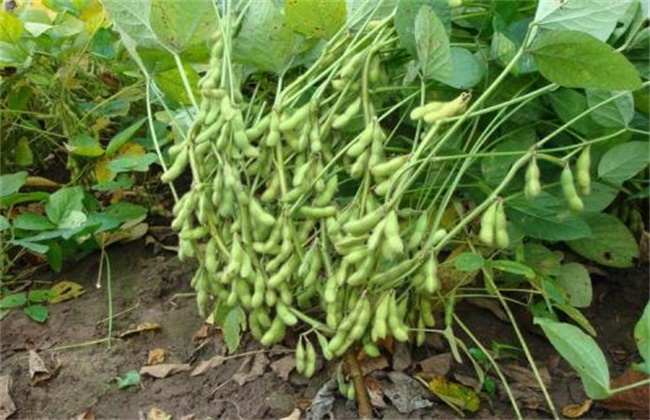Control methods of Maize ear Rot
Corn is a very important food crop in China, which has a very large planting area all over the world. In the process of corn planting, some diseases and insect pests are often encountered to endanger its growth and affect its yield. Among them, ear rot is a kind of disease, which not only harms the growth of corn, but also has a great impact on human body. So what are the symptoms of corn ear rot? How to prevent and cure it? Let's take a look at it with the editor.

1. Symptoms
Corn ear rot mainly harms the ear and grain of corn. After the ear is damaged, the top and middle part of the ear begins to change color, showing pink, black gray and other colors, which are all conidia produced by ear rot pathogen. After the grain was damaged, it was dull, withered and short of water, and there was emptiness inside the grain and there were a large number of hyphae. On the other hand, the bracts of diseased ears will also be penetrated by a large number of hyphae. And will stick on the ear is not easy to peel off, and in the storage of corn is also vulnerable, there will also be a variety of color conidia, accompanied by musty smell.
2. The regularity of the disease
Growth period: the transmission method of ear rot in the growing period of corn varies according to the pathogen. For example, Aspergillus mainly spreads through a variety of bacteria, while Fusarium can spread through wind and rain and other media. The conidia of the pathogen become the primary infection source mainly through seeds, disease residues and weeds. The wounds produced by corn plants are used to invade, and then the spores are infected by wind, rain and so on. The suitable temperature for the disease is 15-25 degrees and the humidity is about 80%. Generally speaking, the disease is the most serious in the environment of high temperature and high humidity.
Storage period: corn will also have the occurrence of ear rot during the storage period. If the corn is not harvested in time after maturity, it will increase the incidence of ear rot. And if we encounter rainy weather after ripening in autumn, it is also very easy to cause corn grain disease. In addition, if it is not dried and stored after harvest, it is also easy to cause disease. In addition, during the storage period, if there is no honey seal leading to a rise in temperature, then it is also easy to breed germs and cause ear rot.
3. Prevention and control methods
Before planting, we should do a good job of soil preparation, turn the soil deeply, remove the residual bodies and weeds in the soil, and then spray Bordeaux solution and other disinfectants for disinfection to reduce the base of pathogens in the ground. Then we should control the sowing time, do not plant too closely, do a good job of topdressing, advance the ripening time of corn, strengthen pest control work, and avoid corn wounds. Finally, the corn should not be stacked too thick after harvest, and the bracts on the plant should be stripped in time to avoid being caught in the rain and moisture. If diseased ears are found, they should be broken in time to prevent the disease from spreading.
The above is a brief introduction to the control methods of corn ear rot. Ear rot can only be prevented and there is no effective treatment. Seed dressing and disinfection should be done well before sowing to solve the root causes. That's all for today's introduction. This article is for reference only. I hope it can help you all.
Related
- The first cup of black tea in spring, the flavor and history of tea gardens in Kenya, Africa
- The computer can not only choose potatoes, but also grow tea rice. AI will grow winter oolong tea champion.
- It is not only the inflated tea bitten by insects, but also engraved with the four seasons tea in Beipu.
- The Oriental Beauty Tea Festival in Zhuxian County takes the stage at the weekend to experience the plus-size feast of oil tea.
- & quot; Oriental Beauty Tea & Exploration of Emei in Hsinchu, the hometown of quot;
- The new variety of strawberry "Tainong 1" dessert is the first choice with mellow aroma. Crimson gorgeous
- History of Tea in Taiwan: from Wild Inner Mountain to Export Tea Garden
- Two types of Taiwan Oriental Beauty Black Tea won the British three-Star Award for Childhood Tea Xiang Zhang Jiaqi changed from pilot to champion tea maker.
- Banana species and varieties: the planting history of Taiwan Xianren banana and dwarf banana is long, is banana disease resistant?
- Coffee planting Technology: Qianjie Coffee from Seedling to harvesting



